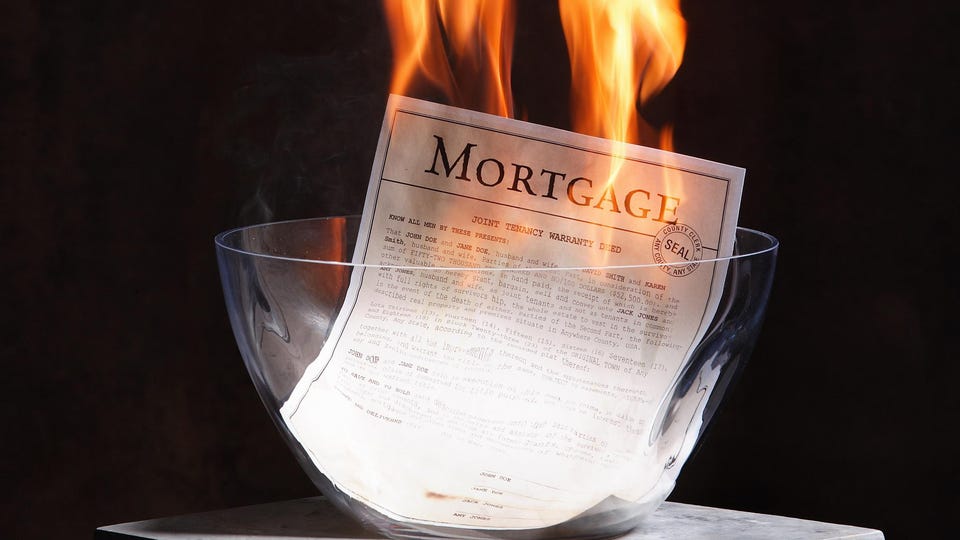Published by Forbes.com | March 31, 2023
A 2022 OECD study of 28 countries found the U.S. had the third lowest percentage of households that owned their homes “free and clear” with no mortgages, as “outright owners.”
The U.S. is more of a mortgage-ownership society than a home-ownership society.
A 2022 OECD (Organisation for Economic Co-operation and Development) study of 28 countries found the U.S. had the third lowest percentage of households that owned their homes “free and clear” with no mortgages, as “outright owners.”
Free-and-Clear Homeownership Rate of Households
- Lithuania = 83%
- Slovak Republic = 69%
- Hungary = 68%
- Slovenia = 68%
- Poland = 66%
- Greece = 63%
- Latvia = 61%
- Italy = 60%
- Estonia = 57%
- Japan = 48%
- Spain = 48%
- Chile = 45%
- Ireland = 43%
- Portugal = 43%
- Luxembourg = 42%
- Korea = 41%
- France = 37%
- Belgium = 35%
- Finland = 34%
- United Kingdom = 33%
- New Zealand = 32%
- Austria = 30%
- Australia = 29%
- Canada = 28%
- Germany = 27%
- United States = 23%
- Denmark = 11%
- Netherlands = 9%
Source: OECD (2022), Housing Taxation in OECD Countries, OECD Tax Policy Studies, No. 29, OECD Publishing, Paris.
In the U.S., “free and clear” usually refers to homeowners that own their homes without mortgages. This study, however, looked at all households, whether homeowners or renters and estimated the percentage of all households that owned the homes they lived in without a mortgage. That is, this study looked at the percentage of all households that were free-and-clear homeowners.
What determines a country’s free-and-clear homeownership rate? It’s a fascinating question.



